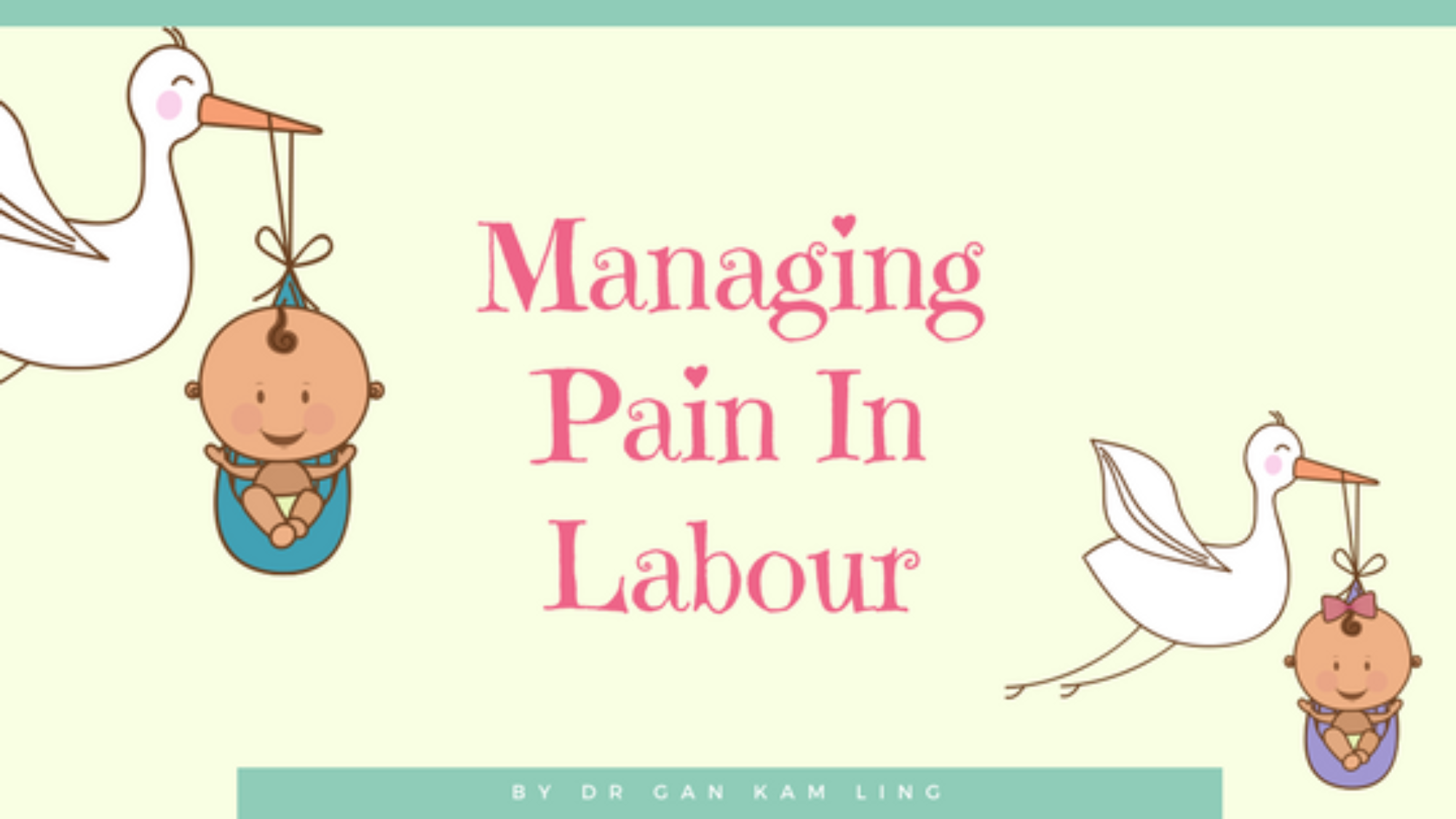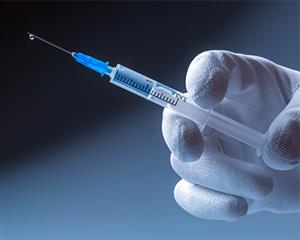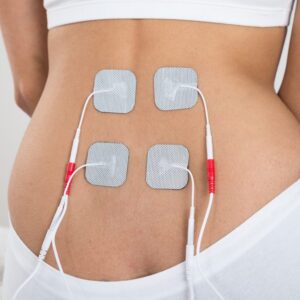Medical Pain Relief, Non-medicated childbirth OR Drug-Free Birth?
Here’s the truth. Natural childbirth is definitely not common in our society anymore. C-sections, inductions and epidurals are closer to the norm today. The idea of women labouring undisturbed seems almost backward to a lot of women.
However, on the other hand, you have women that passionately explain why they chose to go through childbirth without any drugs and how it made their day of labour incredible and empowering.
The thing is when it comes to pregnancy, labour and delivery, every woman is unique. Our bodies react differently, our pain thresholds are different and our coping mechanisms are different.
Here are some important points to consider.
Option A: Medical Pain Relief
Examples: Epidural, Gas, Pethidine
A) Epidural

An epidural decreases pain in a specific area — in this case, the lower part of the body. Women often choose to have one. It’s also sometimes a medical necessity if there are complications, such as those resulting in a cesarean delivery (C-section). An epidural takes about 10 minutes to place and an additional 10 to 15 minutes to work. It’s delivered through a tube via the spine.
B) Gas

The gas given to women in labour is a mixture of nitrous oxide mixed with oxygen; sometimes known as laughing gas. It helps take the edge off the pain during a contraction. It is inhaled at the start of a contraction through a mask or a mouthpiece. You may feel a little nauseous or light-headed and you may have dry mouth for a short time. There are no after effects for you or your baby.
C) Pethidine
Pethidine is a strong painkiller given by injection. It helps reduce the severity of the pain but does not take it away completely. It can take up to 30 minutes to work and can make you and your baby sleepy. Sometimes pethidine may contribute to breathing problems in your baby if given within two hours of birth. Your baby can have an injection after the birth, which reverses the effects of the pethidine. Babies who have this injection need closer observation for a few hours after birth. Due to its relatively short duration of effect, it is most helpful for women who are in well-established labour.
Benefits
Yes, the greatest benefit of any form of medical pain relief is delivery is virtually pain-free (depending on what options you choose). While you may still feel contractions and pressure, the pain is decreased significantly.
Risks
Some other noted risk factors (although most extremely rate) include:
Some pain medications (Pethidine) can be transmitted to the baby indirectly making them sleepy
When you have an epidural, you won’t be able to move around freely which can make delivery and labour longer than expected.
Some people also experience back pain & soreness, headaches, persistent bleeding (from the puncture site in epidural), breathing difficulties, drop in blood pressure, which can slow down the baby’s heart rate after having an epidural
Many people fear to getting an epidural because they believe that if mothers can’t feel all of the elements of delivery it will lead to a host of other problems, such as increased risk of tearing during vaginal delivery. However, with proper guidance from your obstetrician, this is something that can be avoided.
Remember, that the risks are manageable and any other risk noted is extremely rare and doesn’t leave permanent problems.
Option B: Natural Birth Or Non-medicated childbirth
The term “natural birth” is usually used to describe a vaginal delivery performed without medication.
However, there are examples of non-medicated childbirth pain relief options. This includes TENS machines, utilizing different breathing techniques, encompassing distractions like music or using hot/cold packs and massages during labour.
TENS or Trans-Electrical Nerve Stimulation
The TENS machine is a small, portable, battery-operated device which is worn on the body. The box is attached by wires to sticky pads that are stuck to the skin. Small electrical pulses are transmitted to the body, like little electric shocks. While there is no harm in using a TENS machine, there is not a lot of evidence to show they are effective but some women find them helpful.
Benefits
Natural births have increased in popularity due to concerns that epidurals can interfere with natural body responses to labour and delivery.
Risks
There are a few serious risks associated with natural births. Risks often arise if there is a medical problem with the mother or if an issue prevents the baby from naturally moving through the birth canal.
Often with natural delivery, some people might experience:
Extreme pain and psychological trauma because there is no way to tell how painful birth will be, and sometimes pain may be worse than anticipated. Sometimes, breathing techniques and complementary therapies aren’t enough to alleviate labour pains.
Conclusion
My advice is to go into it with an open mind. If you feel like you need the drugs, take them and don’t stress. But if you feel you are able to cope fine without the drugs, that’s great as well. Don’t let anyone push you one way or the other.
These are just some of the factors doctors consider when making a recommendation:
- Overall health and emotional well-being of the mother
- The size of the mother’s pelvis
- The mother’s pain tolerance level
- The intensity level of contractions
- Size or position of the baby
It’s best to understand all of your options and to know when you might need medication to make sure your baby can enter the world without complications. Speak to your obstetrician to discuss your options and pain management plan.
If you need advice about managing pain in labour, please feel free to schedule an appointment to see Dr. Gan.
— Dr.Gan Kam Ling
Consultant Obstetrician And Gynaecology





Add a Comment